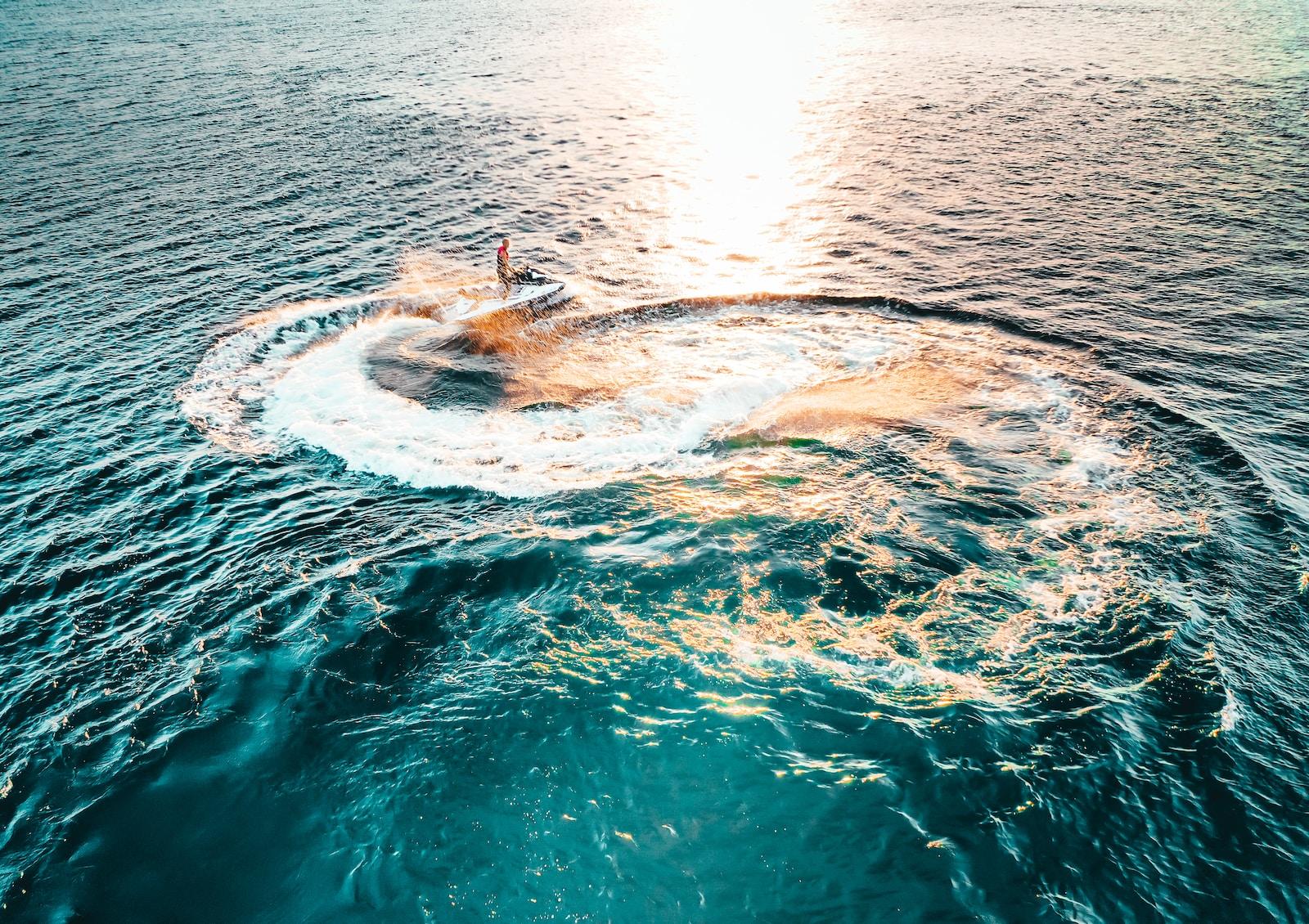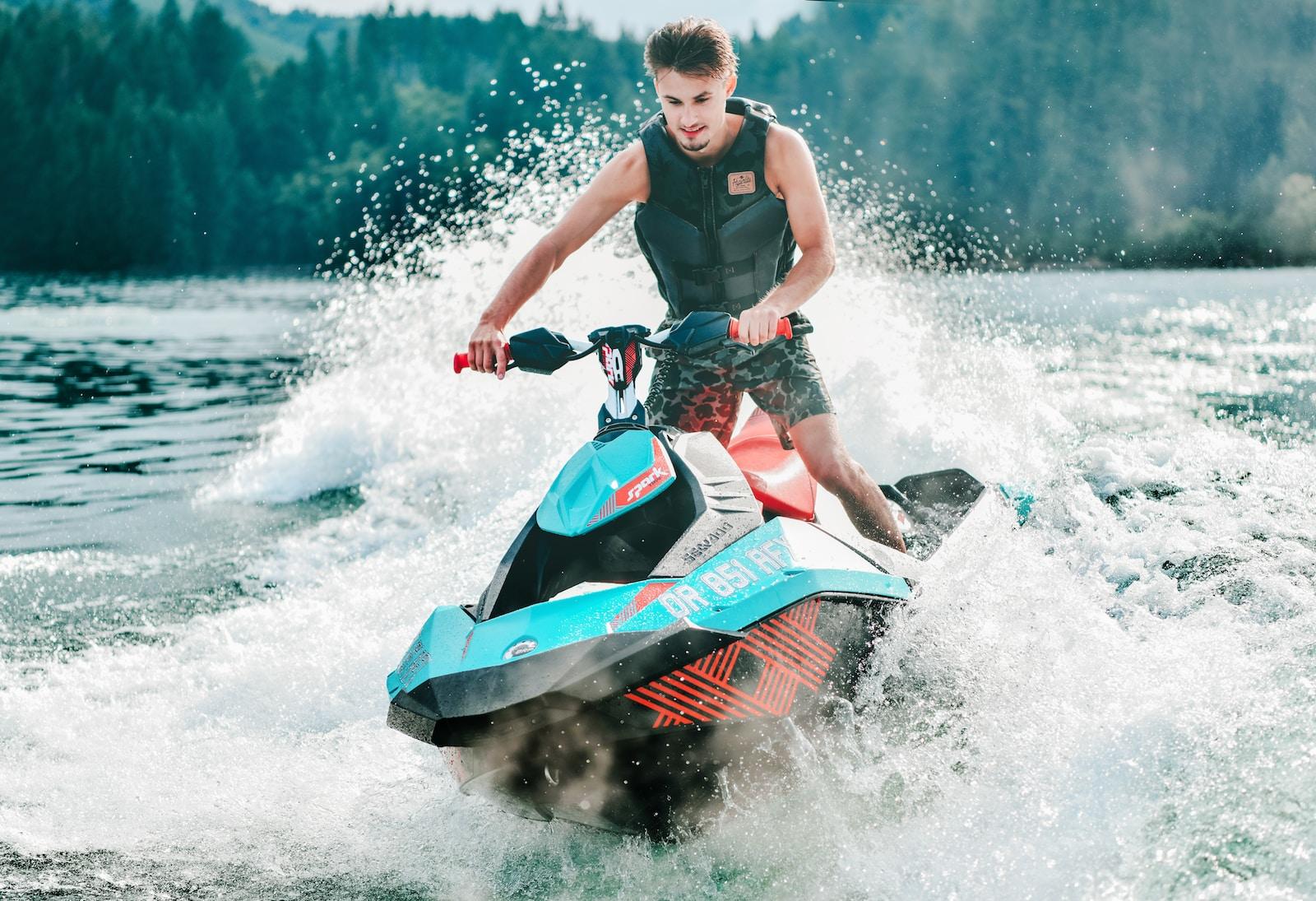What Is Needed For Steering Control On A PWC
If you’re looking to have complete control and freedom on your personal watercraft (PWC), mastering the art of steering control is essential. This article will guide you through everything you need to know about achieving optimal steering control on your PWC, including maintenance tips and aftermarket upgrades to enhance your experience.
Get ready to enjoy the true freedom of the open water.
Key Takeaways:
- Proper steering control is crucial for navigation, maneuvering, and safety on a PWC.
- The key components for steering control include handlebars, steering cable, and rudder system.
- Gripping the handlebars firmly and making gentle movements helps in steering the PWC.
- Proper body positioning, such as loosening up, leaning into the turn, and maintaining good posture, contributes to optimal steering control.
Importance of Steering Control on a PWC
You need to understand the importance of steering control on a PWC.
When you’re out on the open water, riding a personal watercraft, you want to feel the freedom of the waves under you and the wind in your hair. But without proper steering control, that freedom can quickly turn into chaos.
Steering control is what allows you to navigate through the water, to turn and maneuver with ease. It gives you the power to explore new areas, to ride the waves, and to experience the thrill of speed. Without it, you’d be at the mercy of the currents, unable to direct your PWC where you want to go.
Steering control isn’t just about safety, although that’s important too. It’s about having the freedom to go wherever you desire, to conquer the water and make it your playground.

Key Components for Steering Control
There are several key components, such as the handlebars and the steering cable, that work together to provide optimal steering control on a PWC. To fully understand the importance of these components, imagine yourself out on the open water, craving the freedom and exhilaration that only a personal watercraft can provide. Now, picture the following:
- Handlebars: Gripping the handlebars firmly, you feel the power at your fingertips. With just a slight movement, you can effortlessly steer the PWC in any direction you desire. The handlebars give you the control to navigate through waves and maneuver around obstacles, ensuring a smooth and exciting ride.
- Steering Cable: As you twist the handlebars, the steering cable transfers your commands to the jet pump, adjusting the direction of the water flow. This precise connection allows you to make quick turns and sharp maneuvers, giving you the freedom to explore every corner of the water.
- Rudder System: Beneath the water’s surface, the rudder system works silently to fine-tune your steering. Adjustments made by the rudder system help maintain stability and control, allowing you to stay on course and enjoy the thrill of the ride without worry.
With these key components, you have the freedom and confidence to navigate the waters with ease. The handlebars, steering cable, and rudder system work together seamlessly, ensuring that your personal watercraft responds to your every move, granting you the ultimate control and exhilaration on the open water.
Understanding the Handlebars
Once you understand how the handlebars function in conjunction with the steering cable and rudder system, you’ll have a better grasp of how to control your PWC on the open water.
The handlebars on a personal watercraft (PWC) play a crucial role in maneuvering and steering. When you grip the handlebars firmly, you’re taking control of your freedom on the water. By simply turning the handlebars to the left or right, you can direct the PWC in the desired direction.
The handlebars are connected to the steering cable, which runs down to the rudder system. This connection allows you to change the angle of the rudder, altering the direction of the watercraft.
It’s important to remember that the handlebars require a gentle touch, as abrupt movements can destabilize the PWC. By practicing and familiarizing yourself with the handlebars, you can navigate through the water with confidence and freedom.
Proper Body Positioning for Steering
To achieve proper body positioning for steering on your personal watercraft (PWC), there are three essential tips that can help you achieve the freedom you desire:
- Loosen up: When gripping the handlebars, make sure to keep your hands relaxed. Avoid tensing your muscles, as this can hinder your ability to maneuver the PWC effectively. By maintaining a loose grip, you’ll have better control and a more enjoyable riding experience.
- Lean into the turn: As you approach a turn, shift your weight towards the inside of the curve. This will help you counterbalance the centrifugal force and maintain stability. By leaning into the turn, you’ll improve your control and responsiveness, allowing for smoother and more precise steering.
- Watch your posture: Maintaining good posture is crucial for optimal steering control. Keep your back straight and your core engaged to enhance your stability and balance. This will allow you to react quickly to any unexpected changes in the water or obstacles ahead.
Techniques for Turning and Maneuvering
Remember to use a combination of leaning and weight shifting, as well as maintaining a relaxed grip, in order to effectively navigate tight turns and maneuver your PWC with precision. When it comes to turning and maneuvering your personal watercraft (PWC), there are a few techniques that will help you feel the freedom of the water even more. By mastering these techniques, you’ll be able to navigate through any water conditions with ease.
One important technique to remember is to lean into the turn. By leaning your body in the direction you want to go, you shift the weight of the PWC and help it turn more effectively. This allows you to maintain control and stability while executing tight turns. Additionally, shifting your weight can also help you counterbalance the force of the turn and prevent the PWC from tipping over.
Another technique to keep in mind is the use of your grip. While it may be tempting to hold on tightly to the handlebars, maintaining a relaxed grip is actually more beneficial. This allows for better control and responsiveness, as well as reducing fatigue in your hands and arms. By keeping a relaxed grip, you’ll be able to make quick adjustments and navigate through any obstacles on the water.
To further illustrate these techniques, here is a table summarizing the key points:
| Technique | Description | Benefits |
|---|---|---|
| Leaning into the turn | Shift your body weight in the direction of the turn | - Enhances maneuverability |
| - Helps maintain control and stability | ||
| - Prevents tipping over | ||
| Maintaining a relaxed grip | Avoid holding on too tightly to the handlebars | - Better control and responsiveness |
| - Reduces fatigue in hands and arms | ||
| - Allows for quick adjustments and navigation through obstacles |
Maintenance Tips for Steering Systems
Make sure to regularly inspect and lubricate the steering cables, as well as check for any signs of wear or damage. Your freedom on the water depends on having proper steering control on your personal watercraft (PWC). To ensure that your steering system is in top shape, follow these maintenance tips:
- Inspect and Lubricate: Regularly inspect the steering cables for any signs of wear or damage. Look for frayed or kinked cables, and replace them if necessary. Additionally, lubricate the cables with a marine-grade lubricant to ensure smooth and effortless steering.
- Check Steering Mechanism: Examine the steering mechanism, including the steering wheel, helm, and connection points. Ensure that everything is secure and functioning properly. If you notice any loose or damaged components, fix or replace them before hitting the water.
- Test Steering Responsiveness: Before heading out, take a moment to test the responsiveness of your steering. Turn the handlebars from side to side and observe how quickly and smoothly the PWC responds. If there’s any delay or stiffness, address the issue immediately.

Enhancing Steering Control With Aftermarket Upgrades
Have you considered how aftermarket upgrades can improve your steering control on a PWC? As a freedom-loving individual, you know the importance of having complete control over your personal watercraft. Upgrading your steering system can enhance your riding experience, allowing you to navigate the waters with precision and ease. Let’s take a look at some aftermarket upgrades that can take your steering control to the next level.
| Upgrade | Description | Benefits |
|---|---|---|
| Steering Cable | Replaces the stock cable with a higher quality, more durable one | Smoother steering, reduced play, increased responsiveness |
| Handlebar Grips | Provides better grip and comfort during long rides | Improved handling, reduced fatigue |
| Steering Nozzle | Upgrades the nozzle to a high-performance one | Increased maneuverability, better cornering ability |
By investing in these aftermarket upgrades, you can transform your PWC into a well-oiled machine that responds to your every command. Imagine effortlessly gliding through the water, effortlessly maneuvering around obstacles and taking sharp turns with ease. These upgrades will give you the freedom to explore new horizons and push the limits of your riding abilities.
Conclusion
In conclusion, steering control is vital for safe and effective maneuvering of a personal watercraft (PWC).
Key components such as the handlebars and proper body positioning play a crucial role in achieving optimal steering control.
Additionally, understanding various techniques for turning and maneuvering can enhance the overall handling of a PWC.
Regular maintenance and considering aftermarket upgrades can further improve steering control, ensuring a enjoyable and safe experience on the water.
